Mankind has long turned to the stars to tell stories, seek meaning and find answers.
The sky is full of wonder, and every day, there is something beautiful to see. CNN invites you to watch the skies with us and share your best photos and videos of the most interesting space events that are happening just overhead.
August 12, 2016
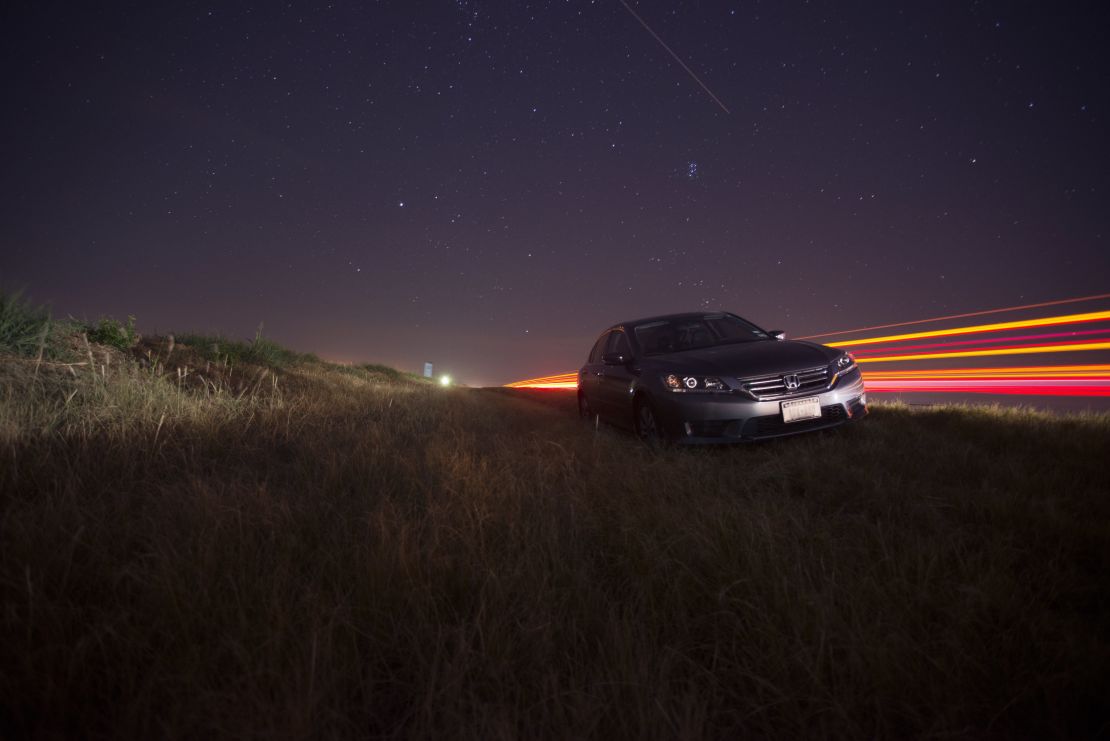
Perseid meteor shower
The annual Perseids, known for being one of the brightest meteor showers, will happen toward the end of summer and will be visible throughout the Northern Hemisphere. From late July through much of August, stargazers will see the brightest meteors before dawn. But the best meteor watching will happen from midnight to dawn on August 12, with 100 meteors expected to visible per hour.
Earlier this year
March 8, 2016

Jupiter at opposition
The largest planet in our solar system will dominate the evening sky throughout March. On Tuesday, the gas planet was closest to Earth and was expected to shine brightly as it rose at sunset and set at dawn.
March 8 and 9, 2016
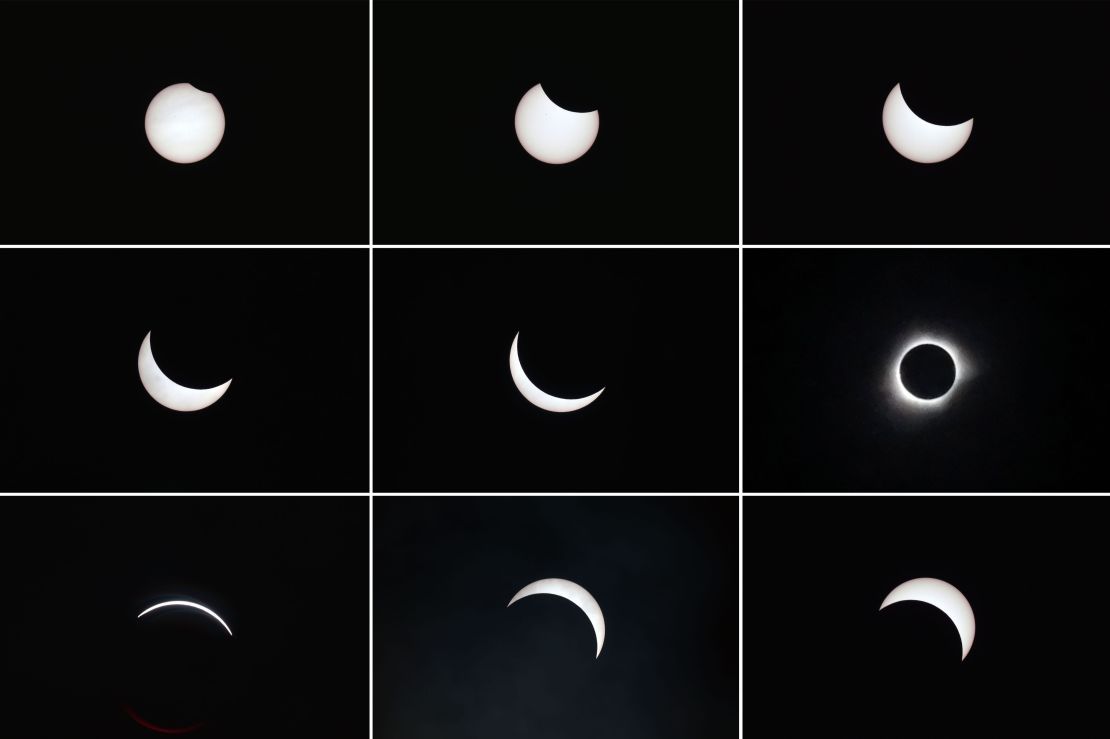
Total solar eclipse
People across parts of Asia were treated to a total solar eclipse on Tuesday, March 8.
Those in Indonesia had the best views as the moon blacked out the sun in totality over the country’s main western island of Sumatra, before moving towards Sulawesi, Borneo and the Maluku Islands. A partial eclipse was visible in places like Kuala Lumpur, Singapore, Hawaii and northern Australia, NASA said.
For those who missed the event, Sarah Jaeggli, a space scientist at NASA’s Goddard Space Flight Center in Greenbelt, Maryland, shared insight on what it’s like to view a solar eclipse. “You notice something off about the sunlight. … Your surroundings take on a twilight cast, even though it’s daytime and the sky is still blue,” she said.
The next total eclipse is on August 21, 2017 and will be visible from parts of the U.S.
March 22, 2016

Comet PanSTARRS and Comet LINEAR
Two comets will make an appearance in the Northern Hemisphere. Comet PanSTARRS will come 2.1 million miles from Earth, and will soon be the second closest comet ever recorded. However, Comet PanSTARRS may be faint and hard to see without a telescope.
Comet LINEAR is also in Earth’s vicinity right now, according to Sky & Telescope editor Kelly Beatty. “It’s much brighter and should be observable pretty easily,” she told CNN.
Currently, Comet LINEAR is too far south to be seen from the United States. But it is easily visible from Australia, and it is rapidly moving northward. This means those in North America should get a chance to see that comet in about a week.
March 22, 2016

Atlas V launch
The Atlas V launch of Orbital ATK’s Cygnus cargo craft will take place at Cape Canaveral Air Force Station in Florida. There will be a 30-minute window for the rocket to launch.
March 23, 2016
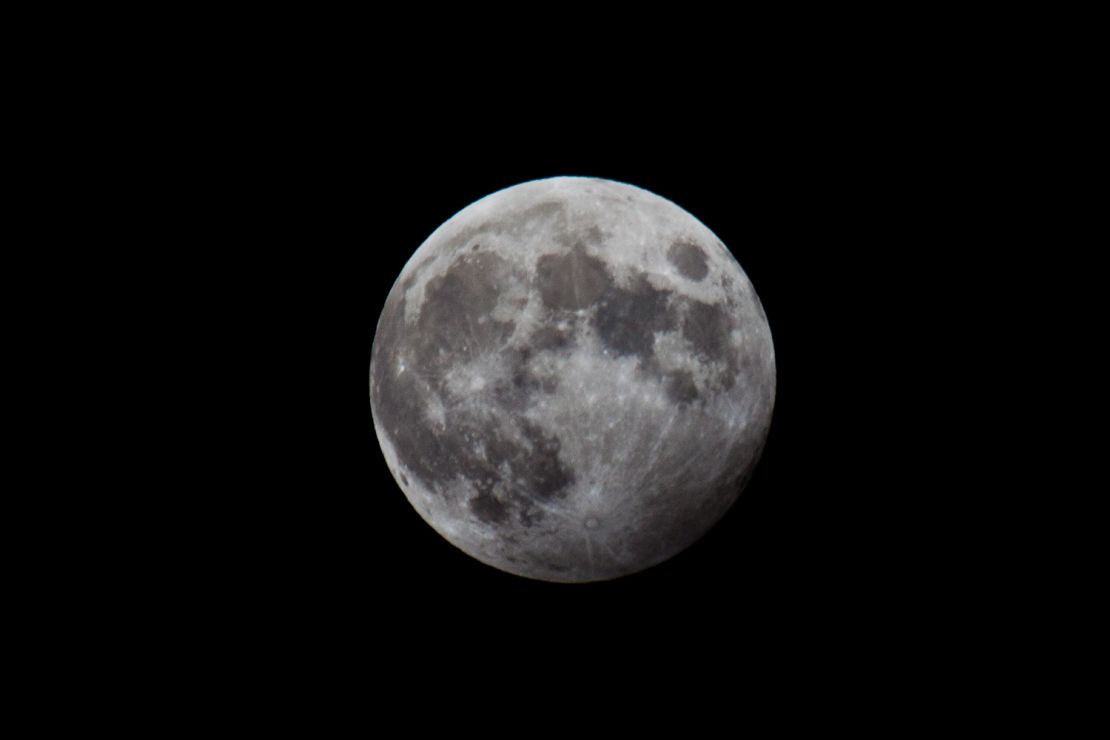
Penumbral lunar eclipse
Stargazers in western North America, Hawaii and parts of Asia and Australia will be treated to a penumbral lunar eclipse, a partial eclipse that leaves sections of the moon darkened by the Earth’s shadow. This weak eclipse will be deepest at 4:47 a.m. PT, 5:47 a.m. MT in North America. For Australia and east Asia, the event falls on the evening of March 23 local date, according to Sky and Telescope. iReporter Robert Ondrovic captured an image of the penumbral lunar eclipse in 2013 from Somers, New York, and shared some tips about how to photograph the event. “A penumbral eclipse is a little difficult to capture due to the subtle shadowing. So I tried various exposures to be able to ensure the shadowing was evident. I selected an isolated area on the side of a reservoir to avoid interference with any artificial lighting such as street lights,” he said.
April 8, 2016
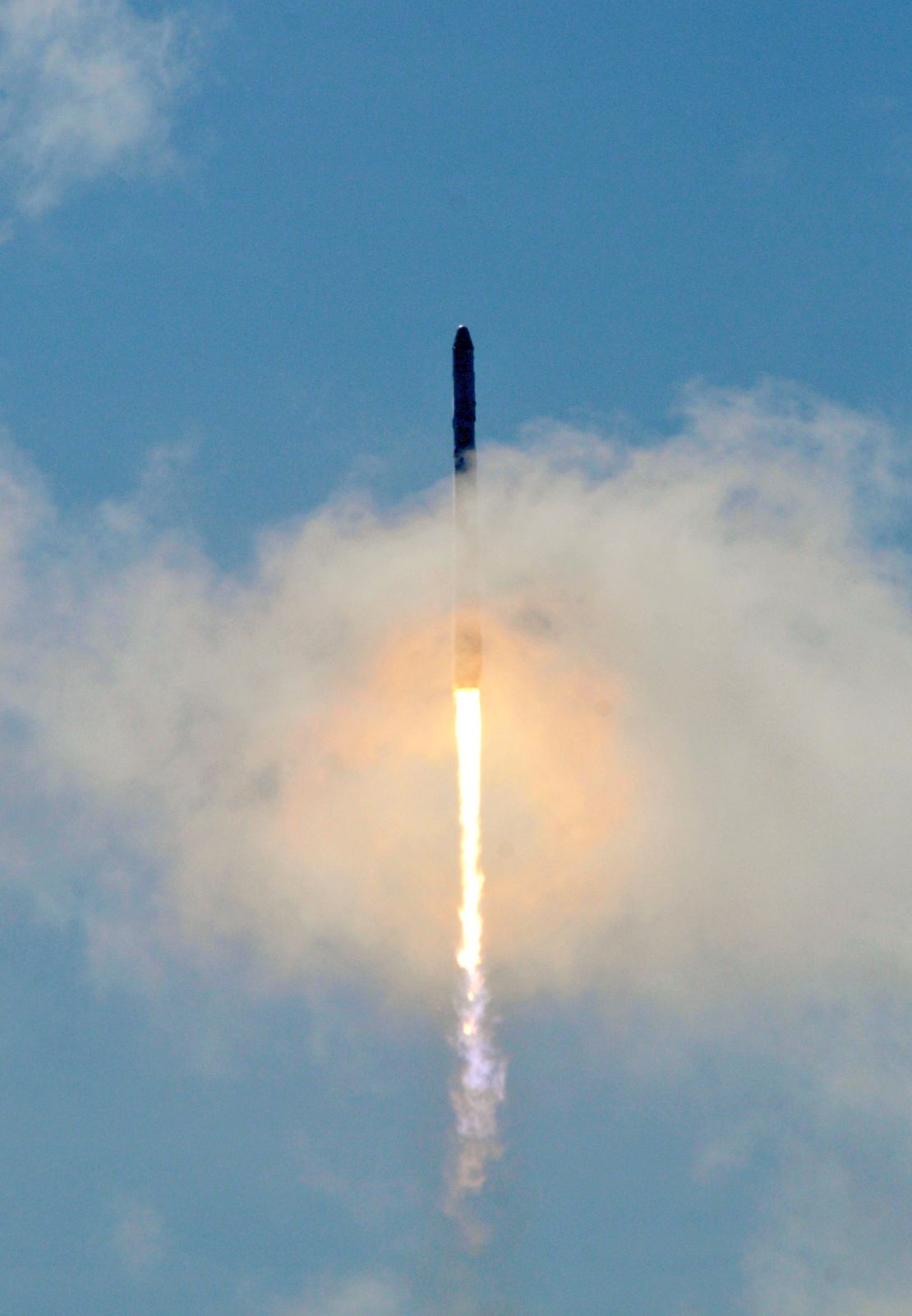
SpaceX Falcon 9 rocket launch
SpaceX launches its Falcon 9 rocket on Friday from Cape Canaveral Air Force Station in Florida. This is the eighth mission by SpaceX under NASA’s Commercial Resupply Services contract. The Dragon cargo capsule will bring about 7,000 pounds worth of experiments, supplies and hardware to the International Space Station. Liftoff is scheduled for for 4:43 p.m. ET.
April 22, 2016
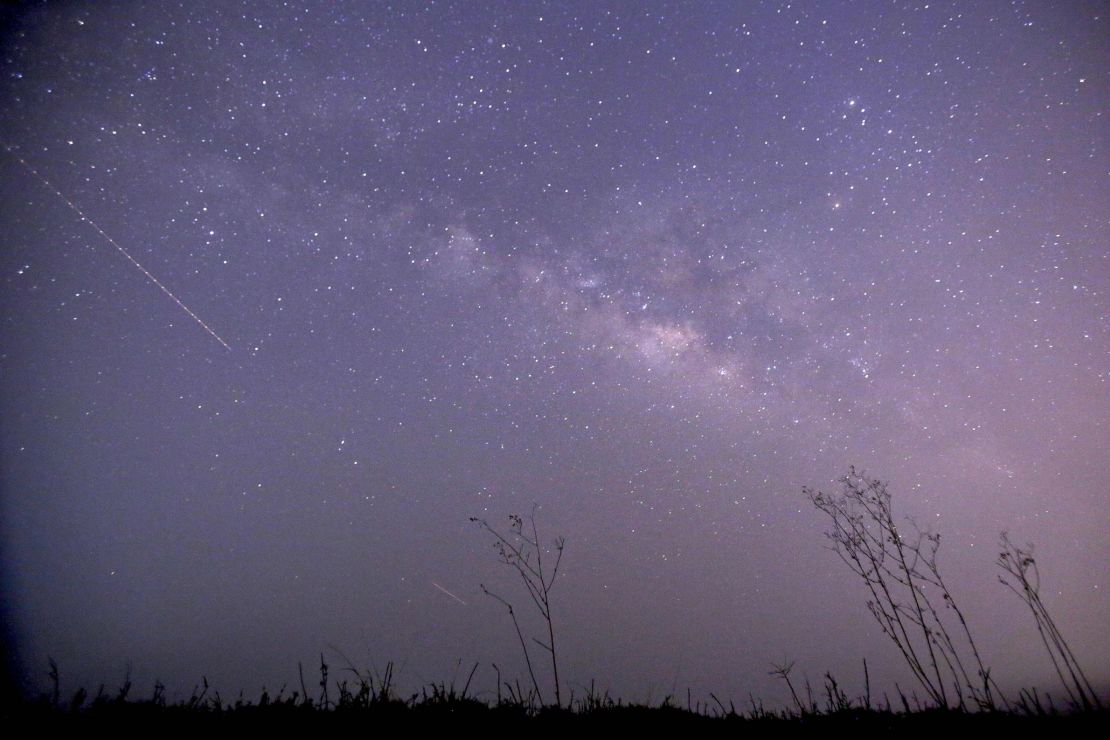
Lyrids meteor shower
The Lyrids meteor shower will light up the sky with 10 to 20 meteors per hour in April, peaking near the end of the month. This meteor shower typically leaves glowing dust trains or streaks across Earth’s atmosphere that last for several minutes before disappearing into the sky.
The best place to see this event is in the Northern Hemisphere, away from cities that cause light pollution. The Lyrids have been observed for about 2,700 years, making it one of the oldest meteor showers to be seen by man.
May 4 through 6, 2016
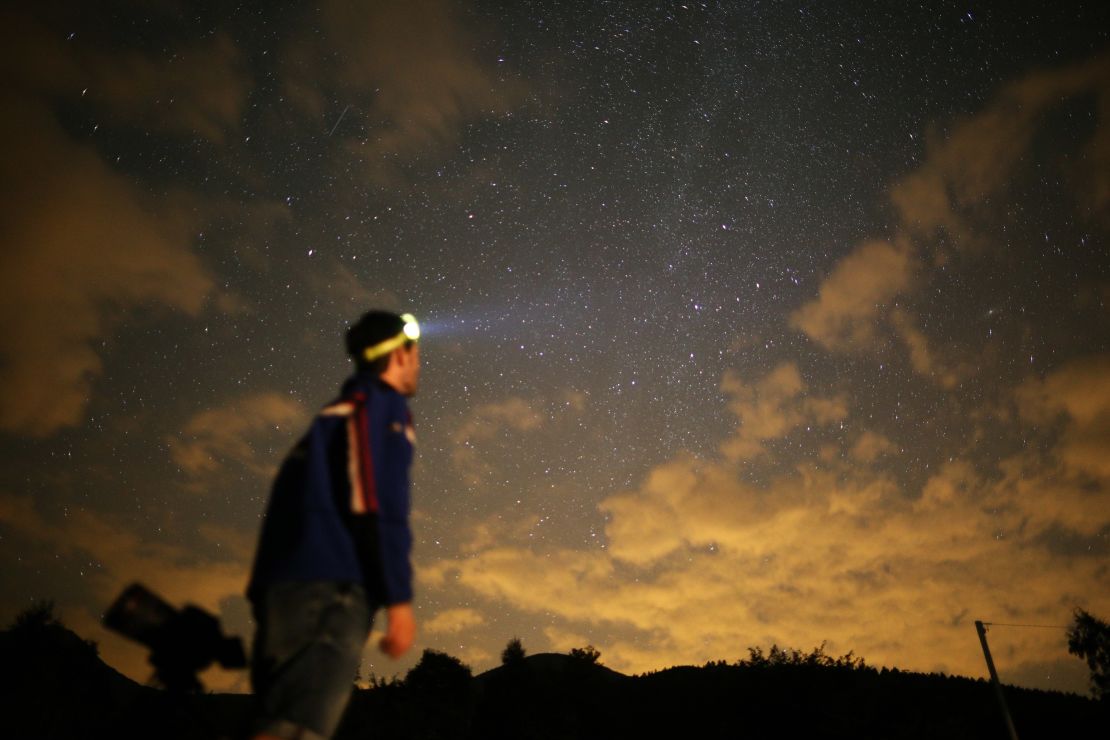
Eta Aquarids meteor shower
The Eta Aquarids meteor shower peaks early in May. The annual light show is created by the dusty debris left behind by Halley’s Comet, which passed Earth in 1986. The meteor shower is highly visible for stargazers in the Southern Hemisphere. It is more difficult to observe for those north of the equator.
There will still be opportunities to spot the meteor shower in places like the United States during the early morning hours of May 4-6. Observers in the Northern Hemisphere can expect to see about 10 meteors per hour.
These meteors are known for their speed, traveling about 148,000 mph into the Earth’s atmosphere. And they can leave behind “trains,” glowing bits of debris that streak the night sky.
May 9, 2016
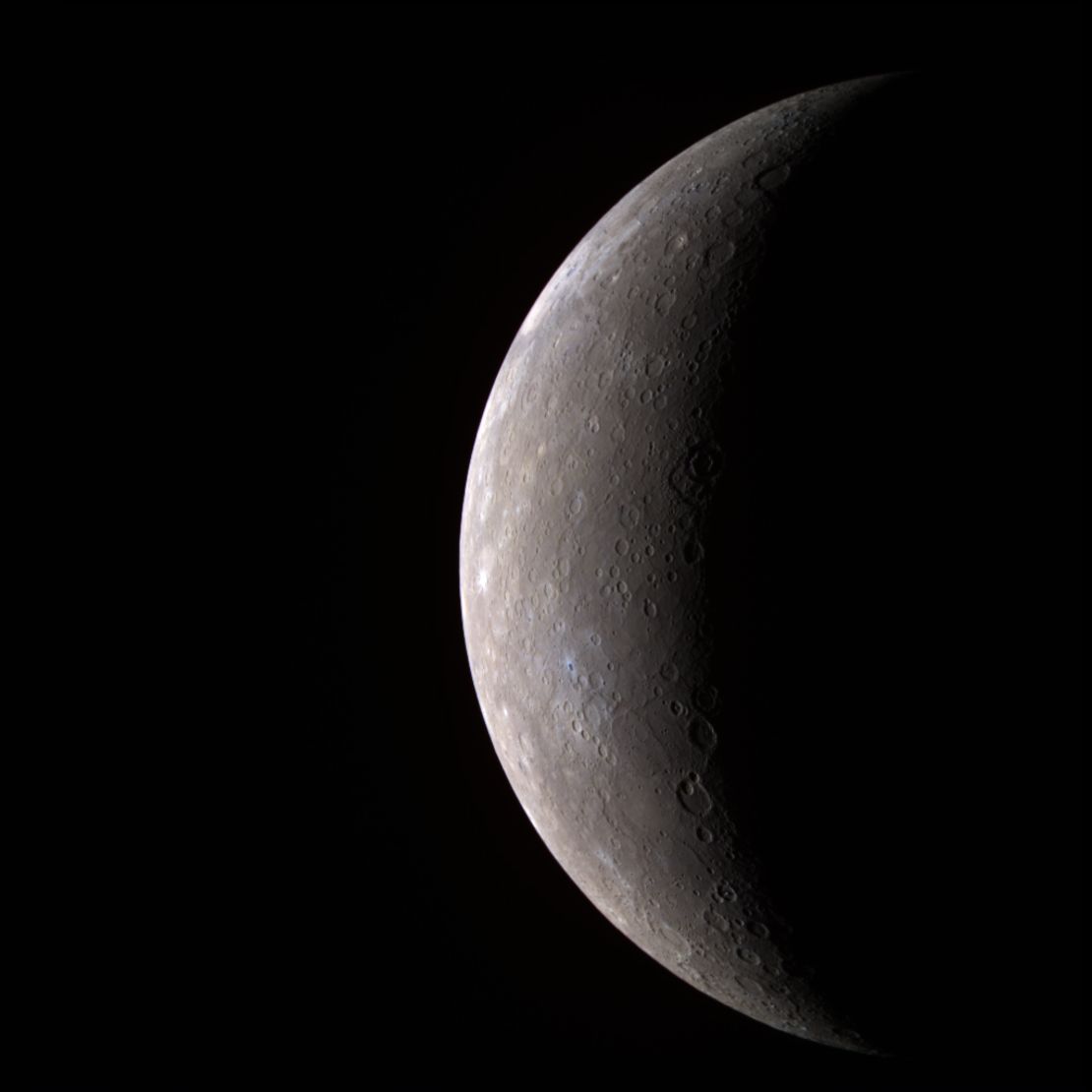
Transit of Mercury
Mercury will cross in front of the sun on Monday, May 9. From our vantage point here on Earth, it will look like a tiny, black dot is moving across the sun. This rare event – called a transit – happens only 13 times per century, according to NASA. You can see the transit if you have the proper safety gear. Remember, don’t look directly at the sun without the proper equipment – it could damage your eyes. NASA offers tips for viewing and explains why the transit is important to scientists. NASA also will stream the event live on NASA TV.
June 3, 2016
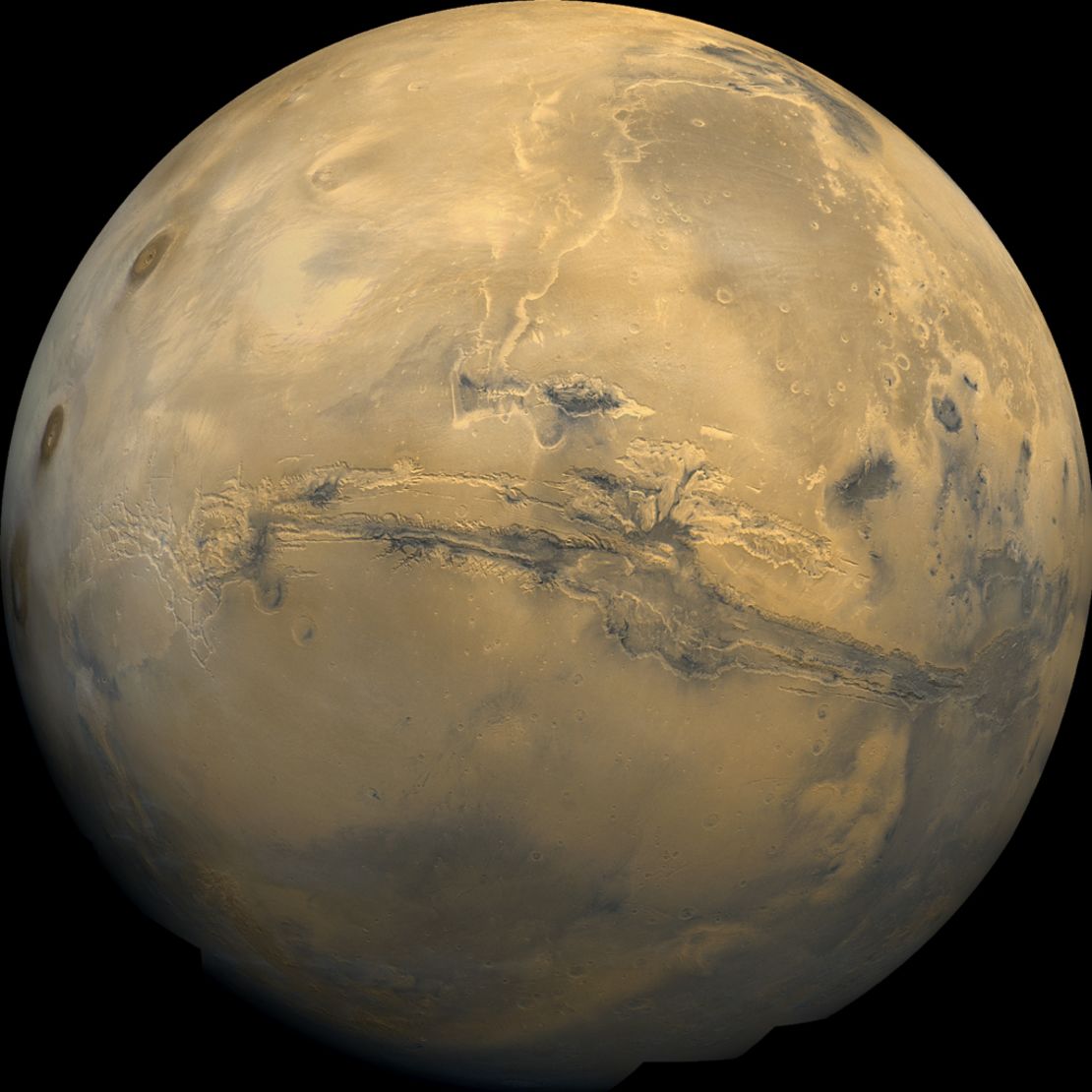
Mars close approach
We haven’t seen Mars like this in more than a decade. The red planet will soon be closer to Earth that it has been in 11 years: On May 30, Mars will be about 46.8 million miles (75.3 million kilometers) from Earth. Yes, that’s still a long way off, but sometimes Mars is 249 million miles (400 million kilometers) from Earth.
What does this close approach mean for sky watchers? It means Mars will appear bigger and brighter from May 18 until June 3, according to NASA. Read more.
June 20, 2016

Summer solstice
The Northern Hemisphere will experience the longest day of the year, marking the beginning of summer, on June 20. The sun will reach its most northerly point on that date, directly overhead at the Tropic of Cancer. Some cultures celebrate the occasion by hosting bonfires, holding outdoor picnics or visiting places like Stonehenge in Wiltshire, England.
Share your photos and videos with CNN by visiting iReport, or post on Twitter, Facebook or Instagram using the hashtag #CNNSpace.
If you have a space event that you think CNN should keep an eye out for, tell us!






